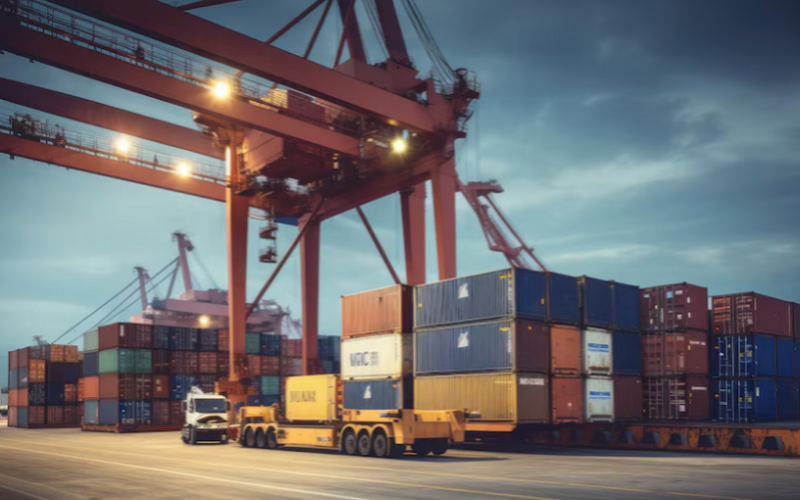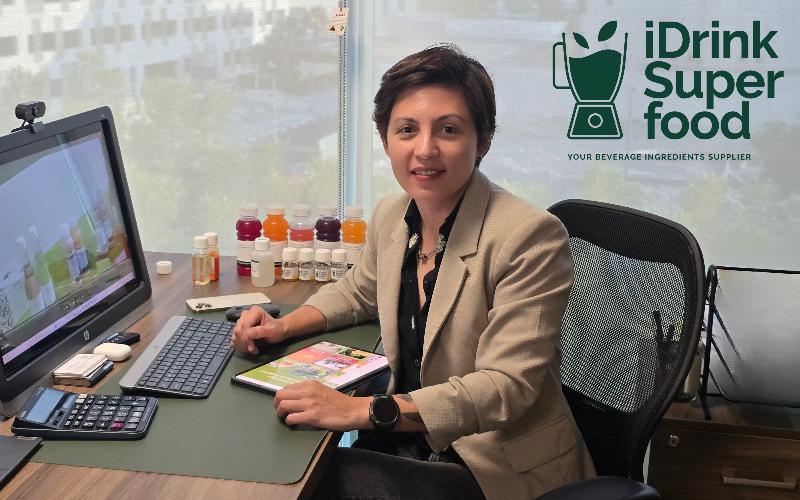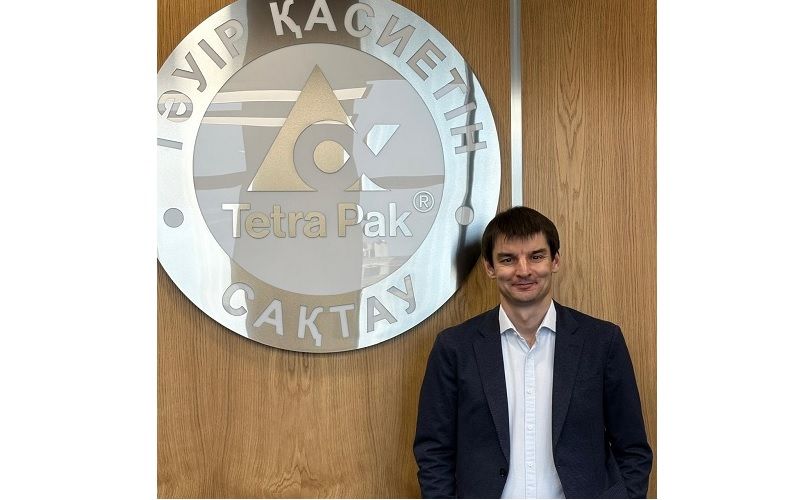Imports Threaten Colombian Dairy Producers Amid Growing Challenges
Sourse: dairynews.today
The influx of imported powdered milk and dairy products poses a significant threat to Colombian dairy farmers, impacting the entire sector.

Colombian dairy producers are increasingly concerned as the nation grapples with the influx of imported powdered milk and whey from the United States, the European Union, and South America. This situation poses a considerable threat to the entire livestock sector, leaving no producer untouched.
The imports affect all, from small and medium-sized producers to large dairy companies, putting them at severe risk regardless of their production volumes, quality standards, or the level of technology implemented in their operations. Even those who have invested in modernization and process improvements find themselves challenged by foreign competition, which affects the entire national production chain.
Veterinarian Ricardo Arenas warns of the complexities introduced by international markets, many of which are heavily subsidized, making it difficult for domestic producers to compete. Statistics from the National Administrative Department of Statistics (DANE) indicate that Colombia imported 62,220 tonnes of dairy products in 2024, worth over 196.1 million dollars, marking the fourth largest import year historically, despite a 14% decrease in volume and a 17% reduction in cost compared to 2023. Looking ahead, nearly 19,000 tonnes of duty-free dairy imports will be allowed in 2025, with all restrictions lifting in 2026.
This poses a risk of inundating the Colombian market with U.S. dairy products, while similar restrictions are slated to lift with the European Union by 2028. The overarching challenge is the disparity in support; foreign producers often receive government assistance, contrasting with the support received by Colombian farmers. Giovanni Pinilla, of the Livestock Association of Valle de Ubaté, underscores the need for government action to enhance competitiveness, emphasizing the past decade's struggles under free trade agreements. The most vulnerable are small producers, representing a significant portion of the sector.
They lack the economies of scale needed to offset production costs, making market competition challenging. Yet, even larger producers with better resources face significant national and intrinsic costs, affecting their competitiveness. To combat this, the sector is urged to enhance milk quality and production efficiency, focusing on nutrition, genetics, and distribution, vital steps toward achieving competitiveness in the global market.
The imports affect all, from small and medium-sized producers to large dairy companies, putting them at severe risk regardless of their production volumes, quality standards, or the level of technology implemented in their operations. Even those who have invested in modernization and process improvements find themselves challenged by foreign competition, which affects the entire national production chain.
Veterinarian Ricardo Arenas warns of the complexities introduced by international markets, many of which are heavily subsidized, making it difficult for domestic producers to compete. Statistics from the National Administrative Department of Statistics (DANE) indicate that Colombia imported 62,220 tonnes of dairy products in 2024, worth over 196.1 million dollars, marking the fourth largest import year historically, despite a 14% decrease in volume and a 17% reduction in cost compared to 2023. Looking ahead, nearly 19,000 tonnes of duty-free dairy imports will be allowed in 2025, with all restrictions lifting in 2026.
This poses a risk of inundating the Colombian market with U.S. dairy products, while similar restrictions are slated to lift with the European Union by 2028. The overarching challenge is the disparity in support; foreign producers often receive government assistance, contrasting with the support received by Colombian farmers. Giovanni Pinilla, of the Livestock Association of Valle de Ubaté, underscores the need for government action to enhance competitiveness, emphasizing the past decade's struggles under free trade agreements. The most vulnerable are small producers, representing a significant portion of the sector.
They lack the economies of scale needed to offset production costs, making market competition challenging. Yet, even larger producers with better resources face significant national and intrinsic costs, affecting their competitiveness. To combat this, the sector is urged to enhance milk quality and production efficiency, focusing on nutrition, genetics, and distribution, vital steps toward achieving competitiveness in the global market.











